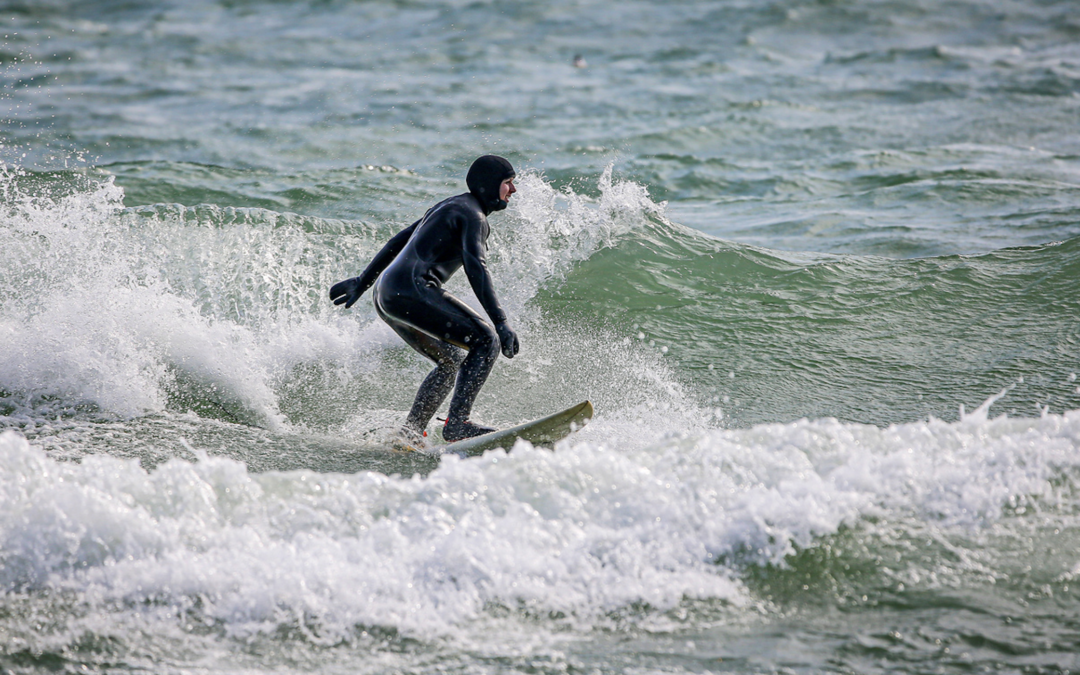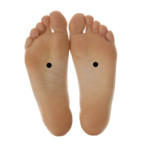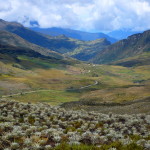I was sitting with my friend and her ex-partner. Their kids are soccer stars–one is headed towards a professional career and the younger one is not far behind.
My friends ex-partner, a fit soccer fan himself, lamented, “I’m getting old. I don’t recover like I used to. I’m not as fast as I used to be. I feel more sore after a game of soccer now in my 40s than when I was in my teens and 20s. Getting old sucks.”
“When you were younger you played soccer everyday,” my friend retorted. “Is it that you’re getting old or is that, as an adult, you have more obligations and responsibilities than you did when you were in your teens and yet expect yourself to be able to pick up the sport and play once a week as hard as when you were playing everyday?”
We blame old age on everything in our society.
I’m tired of “you’re getting older” being the main throwaway diagnosis of my friends, family, and patients’ sliding health and fitness. Kelly Slater is almost 50–he plans to keep surfing into his 70s. I’ll bet he can, too.
Coco is like 70 in dog years and climbs steep hills and races and chases and bites (with the 5 teeth he has left) like a puppy.
As adults, I think we need to take responsibility for our bodies and take our range of motion, flexibility and strength seriously if we’d like to retain the physical mobility of our youth. It’s not your age—it’s what your age means to your movement patterns that will dictate your injury susceptibility, your recovery, your progress in your sport of choice, and your overall fitness and health.
I’ve been thinking about this lately because I’ve been taking my surf training a bit more seriously this year.
Surfing is an incredibly difficult sport. Tiny increments in progression happen over years, not months. Going from a beginner (which I would classify myself as: an advanced beginner) to an intermediate surfer is a timeline of almost daily sessions for at least a couple of years.
I’ve been surfing for two years and still have massive leaps and bounds to go before I’d classify my skills as “intermediate”.
Because the lakes don’t offer as much consistency as the ocean, I figured I wasn’t going to make progress fast enough unless I started to do dry-land training, focusing on physical strength for paddling and speed pumping down the line, and flexibility and mobility to be able to put my body in the positions that the sport demands–this means core strength, glute strength, hip and ankle flexibility and upper body strength.
It also means balance and practicing upper and lower body coordination.
It means I need to practice certain movement patterns on dry land, and train on a surfskate. It means I need to make sure my body has the range of motion necessary to surf, and the joint and muscle health necessary to recover faster, and prevent injury. It’s not fun to get injured as an adult when you have a job to go to that pays the bills.
I dislocated my shoulder at age 20 while snowboarding and it affected my ability to study effectively at university. My shoulder still gives me trouble, particularly if I put it in “backstroke” position, internal rotation and overhead extension– I can feel it slide out, in danger of redislocating. I don’t want another injury in my 30s.
I’ve also been watching the Olympics and thinking of professional surfers like 19-year old Caroline Marks. Her prodigy-like talent comes from a combination of learning the sport early in order to instil proper motor patterns, a competitive spirit, familial encouragement, financial resources, body type (a strong lower body and lower centre of gravity), and amazing coaching.
According to William Finnegan it’s almost impossible to be “any good” at surfing if you start learning after the age of 14.
Damn.
However, learning new movements and teaching your body how to coordinate in new ways does wonders to stave off depression and dementia as well as keep your body strong and supple.
I find focusing on performance in a sport helps with my body image: I focus on how my body looks in its postures and positions while performing the sport vs. the shape of it in general.
I also find the dopamine hits and adrenaline highs are addictive and calming—If I go too long without surfing I feel a bit if ennui-like withdrawal.
I also find that surfing is an amazing way to connect me with a community, with nature, with the lakes and the ocean, and my breath and body.
And I find it satisfying to work towards goals.
As a kid I was fairly athletic but not particularly talented at any competitive sport. I did gymnastics for a second, and played soccer for a number of years. I was on the swim team in high school and taught and coached swimming myself. I am still a strong swimmer but was nothing more than an average racer.
I was on the triathlon team at Queen’s for a couple of years, and had a job as a snowboarding instructor throughout high school. I loved snowboarding during that time until going to school in a relative flat place and suffering an injury drastically reduced the amount of time I was able to spend on the hill.
I’ve been fascinated about the technical aspect of skills I’m interested in acquiring.
I love learning what the optimal stance is and how to position my body to mimic it. I’m interested in learning how to breathe right, which muscles need stretching and which ones need strengthening.
I love the video analyses and the tips from friends on how to improve. I enjoy the struggle and the frustration and the plateaus followed by random bursts of improvement that fill you with giddy excitement. That slam dunk, arms in the air feeling.
When taking a history, I always ask patients about their physical activity levels and their movement patterns.
Many are physically active in order to support their health: walking daily, going to the gym to lift weights or take exercise classes, doing yoga or pilates. But many will tell me that their activity comes mostly from playing sports–they play hockey or golf once a week.
And many of my surfing friends just surf.
That’s fine if you’re like my friend Steve who surfs or skateboards virtually everyday, but if you’re the type of athlete who only has the time or opportunity to engage in your sport once a week or less you’re most likely putting yourself at risk of injury without any dry-land functional training.
Functional movement helps our bodies stay optimally healthy and… well, functional. The functional movements include pushing, pulling, squatting, lunging, twisting, gait, and rotation. We need them to stay mobile and injury free. I read somewhere that most 50 year olds can’t stand in a lunge position.
I know that many people in their 30s can’t sit crosslegged on the floor, or squat. Our hip flexors are tight, our glutes are loose, and our ankles are immobile. We aren’t training our bodies for functional existence, like sitting on the floor and standing up out of a chair without using your hands.
It’s important to stretch daily to prevent muscle and joint injury. It’s important to keep certain muscles strong–like the upper body muscles for paddling. Our bodies weren’t meant to perform repetitive movements on demand after staying locked in a shed for weeks. They need to move regularly and need to stay tuned up to perform the sport of your choice, especially if you’re still interested in progressing at it.
Many sports are asymmetrical as well. This can leave us vulnerable to injury as certain flexors are tighter than their extensors, and so on, putting strain on joints.
Being able to move your body through space, not just linearly, in 2D, like in running or walking, but across all dimensions: front and back and side to side and twisting and jumping and crawling, is important for maintaining proprioception and body awareness.
Open hip flexors (can you do a squat? Can you sit cross-legged on the floor? What about Pigeon Pose?) are important for maintaining optimal back and digestive health.
The glutes are the most metabolically active muscles in the body and for most of us they just lie around flaccid all day as we sit in our chairs and work on our computers. This causes tightness and strain in other areas of the body such as the hip flexors, calves and hamstrings.
I noticed that my left calf was so tight it was impacting my ankle flexibility. I learned this through yoga–noticing that when I would try to get into skandasana (side lunge), my heel wasn’t able to touch the floor on the left side. This left ankle tightness is inevitably going to impact my surfing because my body cannot literally get into the posture necessary for certain maneuvers and therefore will limit my progress.
And so I’ve been focusing on more sport-specific dry land training for the sport of surfing–a challenging feat to take on as someone in her mid-30s who doesn’t live near an ocean–but also to maintain optimal health, body awareness, and functional movement.
Challenge you body and brain through finding a sport you love, or activities that you love that you’d like to get better at. Train for these activities, stretch daily and begin to explore your body in new ways: learn what muscles need loosening and what muscles need strengthening, Begin to expand the range of motion of your joints to prevent injury.
Strengthen your bone mass through applying repetitive stress to long bones (through walking, running, jumping and weight-lifting).
Explore fluidity of movement through swimming, dance, yoga, pilates, or other activities that require complex movements, coordination, grace, style, and flow.
Watch your body shape transform into something you are genuinely proud of: not so much because of what it looks like, but for what it is capable of, how it supports you, and what it can do.
Develop and hone your body awareness. Deepen your breath. Pay attention to pain and physical sensations, including the physiological sensations of hunger, thirst, and fatigue. Body awareness can help to heal injury, process trauma, and engage in self-care. It can help with emotional regulation, and interpersonal relationships.
And, most of all, stay active. Whatever you do, find joy in movement.







